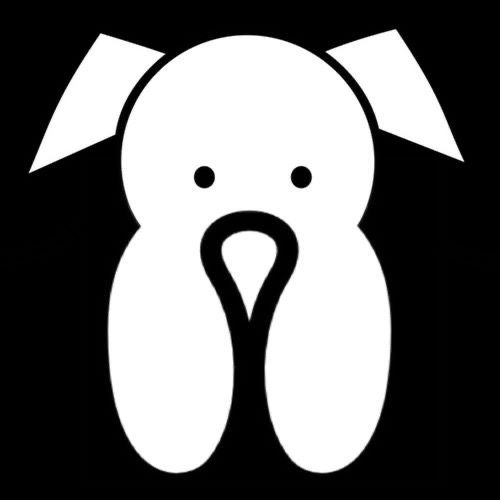Puppy Toilet Training Tips: Start Early for Success
- Barking Mad Co

- Apr 9, 2020
- 3 min read
Updated: Aug 20, 2024
Puppy Toilet Training Tips: Start Early for Success
Toilet training your puppy is a crucial step in ensuring they grow up well-behaved and happy. Puppies naturally avoid soiling the areas where they sleep, a behaviour they learn from their mother’s habit of cleaning up after them. This natural instinct can be harnessed at any age by following the right steps. Here’s how to begin successful toilet training with your puppy.
When Should You Start Toilet Training?
The ideal time to begin toilet training your puppy is at 8 weeks of age. Starting early is beneficial for everyone, but remember that, like babies, young puppies have limited bladder and bowel control.
They’re like little conveyor belts—what goes in one end quickly comes out the other! While you shouldn’t expect miracles overnight, consistent effort will pay off.
During these early developmental stages, puppies eat frequently, burn a lot of energy, and need to relieve themselves often. Mistakes are inevitable, so be patient and remember that your puppy genuinely wants to please you. Your happiness is their happiness!
Steps to Begin Toilet Training
Step One: Designate a specific toilet area for your puppy. If you have a garden, use it. If you live in an apartment, set up a dog loo or a wee mat on the balcony, or take them to a nearby nature strip.
Step Two: Take your puppy to the designated area when you think they need to go. Wait patiently until they do their business. If they don’t, bring them back inside and try again after 10 minutes to avoid accidents indoors.
Step Three: Supervise them closely! Puppies are quick and can easily sneak away to squat on your favourite rug or inside a closet. Accidents happen, but they’re often due to distracted puppy parents.

How to Recognise When Your Puppy Needs to Go
At 8 weeks old, puppies should be given the opportunity to relieve themselves every hour, even if they don’t always go. Take them to the toilet after naps, meals, or when you notice them drinking a lot of water.
Watch for signs like sniffing around or circling—these behaviours indicate they’re searching for a spot to squat. As your puppy grows, the intervals between toilet breaks will extend. A good rule of thumb is to add one hour for each month of age (e.g., 8 weeks = 1 hour, 12 weeks = 2 hours, 16 weeks = 3 hours, 20 weeks = 4 hours).
How to Handle Accidents
If your puppy has an accident, stay calm. Getting angry won’t help, as they won’t understand what they’ve done wrong. Instead, accept that it’s your responsibility to prevent these incidents, clean up thoroughly, and stay consistent with your training plan.
If you catch them in the act, gently correct them immediately. Timing is crucial—corrections must happen before they make the mistake, not after.
What About When Your Puppy Is Home Alone?
Consider crate training if you haven’t already. For those who prefer not to use a crate, set up a small enclosed area with bedding on one side, water in the middle, and newspaper for a toilet area on the opposite end. Always take your puppy outside before you leave and as soon as you return, whether or not they’ve used the indoor area.
Should You Use Puppy Training Pads?
In most cases, no. Puppy training pads often contain a scent that encourages puppies to relieve themselves. While this might seem helpful, it can backfire by teaching your puppy to go to the toilet indoors. This works against your toilet training efforts.
Take Responsibility for Successful Toilet Training
Toilet training your puppy requires a mindset of self-responsibility. Understand that any mistake is likely due to something you did or didn’t do. Taking responsibility gives you control and the ability to make positive changes, leading to successful toilet training and a happy, well-behaved dog.






Comments